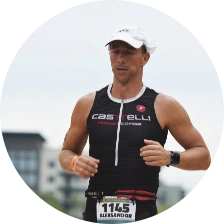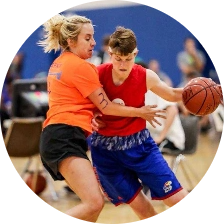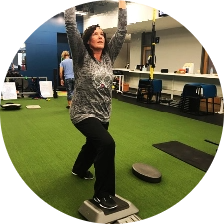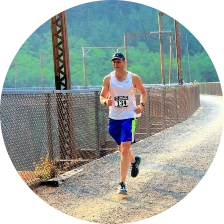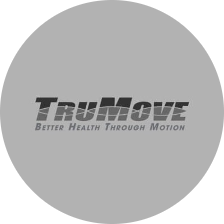Services
Ligament Sprain Therapy

The body has around 900 ligaments.
These are made of fibrous collagen tissue that links bones together at the joint. They serve to passively stabilize these joints while preventing the bones from grinding into each other. Sprains happen when the ligament is torn or stretched.
Ligament sprains usually occur when there is movement in the joint that is beyond its normal range of motion. When this happens, the collagen fibers within the ligament are pulled too far apart that it causes a tear. Sprains commonly occur in the knee, ankle, or shoulder.
The following are gradings of ligament injuries according to doctors:
- Grade 1 or mild – Although the ligament is stretched, it is still intact. There may also be minimal bleeding and mild pain. Swelling may also occur with virtually no instability. In some cases, individuals experience a popping sensation as well.
- Grade 2 or moderate – Unlike grade 1, this involves partial rupture of the ligament. There may be moderate bleeding accompanied by more considerable pain and swelling. There may also be instability.
- Grade 3 or severe – This occurs when there is a complete tear in the ligament. It results in severe pain, extensive bleeding, and considerable swelling. The individual may find it extremely difficult to bear weight using the affected limb. A feeling of dislocation may also be experienced.
It is worth noting that varying levels of pain may be experienced. The degree of pain does not necessarily indicate the severity of the injury. In some cases, those with complete tears may only report mild pain.
Immediate discoloration and swelling may also occur when the ligament sprain is severe.
Why You Suffer
Ligament sprains can be caused by trauma or injury that severely stresses the joint and shocks it out of its position. This can cause overstretching or even tearing of the collagen fibers making up the ligament.
The following are common circumstances that cause ligament sprains:
- Ankle jump – This occurs when an individual lands awkwardly on an uneven surface while walking, running, or jumping.
- Knee – Pivoting during a fast-paced activity such as sports can cause ligament sprains in the knee.
- Wrist – Sprains can occur at the wrist when an individual uses it to land on during a fall.
- Thumb tennis – Racquet sports such as tennis or ping pong may cause overextension in the thumb.
Although anyone can get ligament sprains, the following factors can increase the risk:
- An individual has a history of sprains.
- An individual is overweight.
- An individual has poor overall physical condition.
- Fatigue can reduce the support muscles provide.
- Environmental conditions such as slippery or uneven surfaces can cause awkward falls.
Traditional Treatment for Ligament Sprains
Doctors usually recommend RICE treatment for ligament sprains. RICE stands for the following:
- Rest – Doctors recommend that the affected area is rested for up to 48 hours. They also advise against placing weight on the limb during that time.
- Ice – Ice placed in a plastic bag or in damp cloth is applied in 10-min intervals to slow down the inflammation and ease pain.
- Compression – An elastic bandage or compression sleeve can help slow down swelling and help relieve pain in the affected area.
- Elevation – The affected area is raised higher than the level of the heart which effectively prevents fluid from collecting in the area, reducing swelling.
Medication may also be prescribed by doctors to relieve pain. This includes paracetamol, nonsteroidal anti-inflammatory drugs, and anti-inflammatory topical painkillers.
In extreme cases, doctors may also recommend ligament reconstruction surgery.
We offer the following treatment options:
Deep Muscle Stimulation
Using mechanical vibrations, tissue regeneration and lymphatic flow are improved. The vibrations penetrate deep into the muscle tissue, which also improves the lactic cycle that typically causes pain.
Dry Needling
Using monofilament needles, certain local contractures in muscle tissues are triggered. This is a safe and virtually painless way to relieve pain. It is also especially effective against musculoskeletal presentations.
Heat and Cold Therapy
Similar to what ice is used for, heat packs improve circulation to relieve pain, relax the muscles, and promote the healing of damaged tissue. Both cold and heat packs may be recommended or only one.






